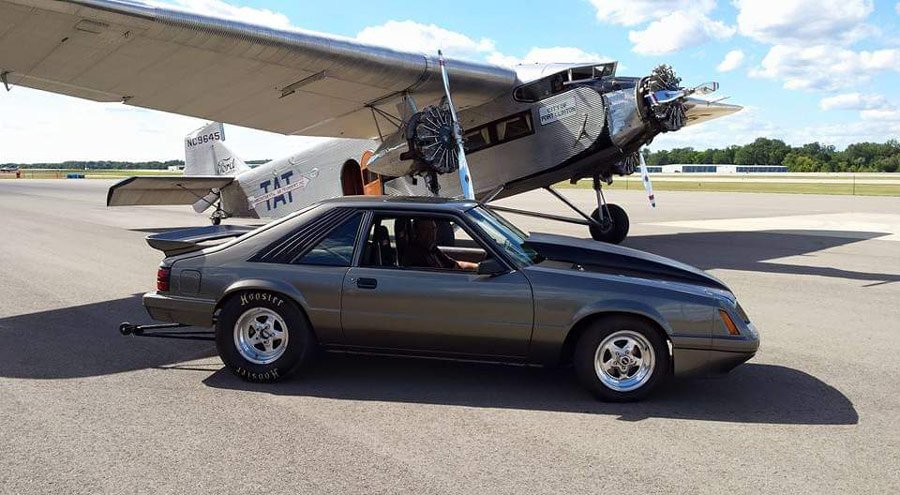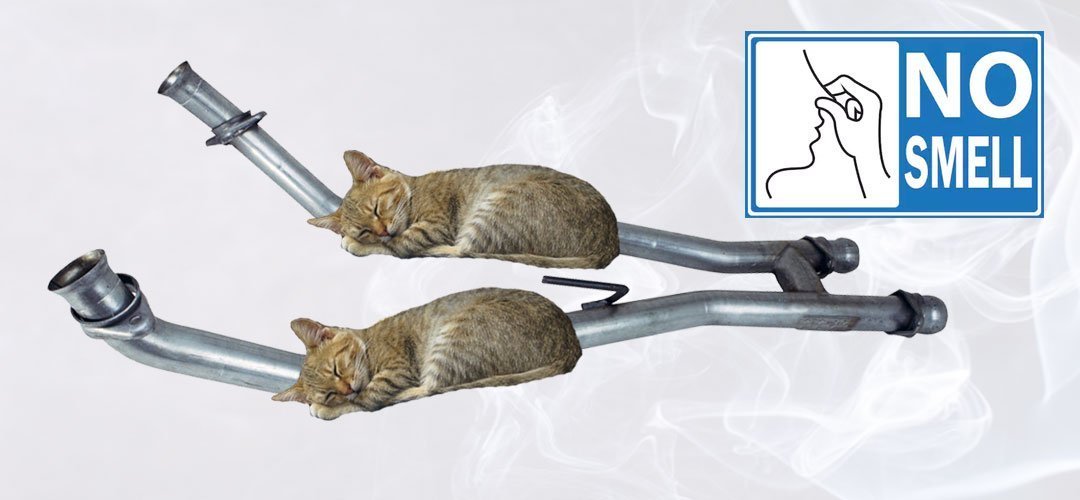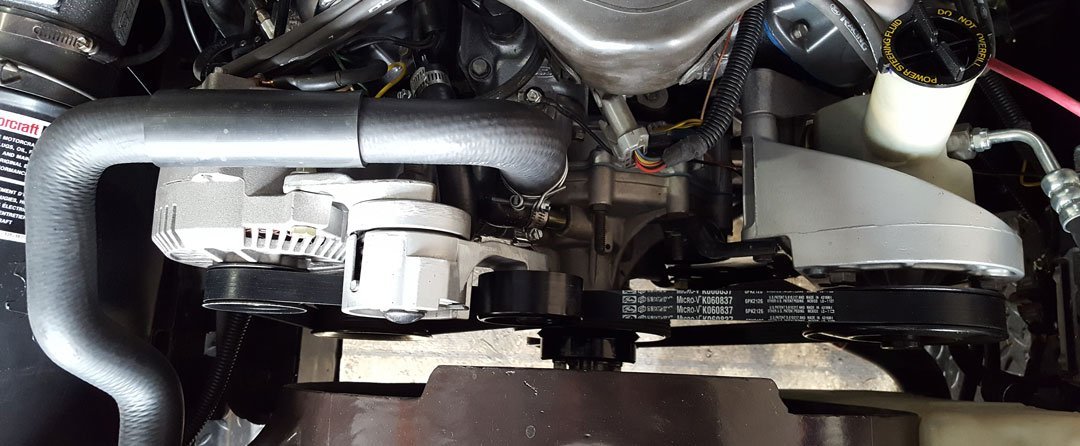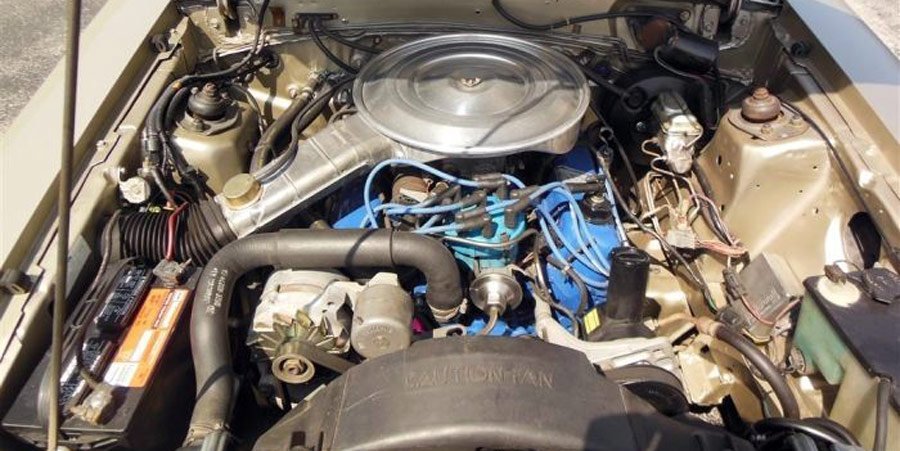
1979 – 140 HP @ 3600
- Taken from the 1978 Mustang II stock
- Motorcraft 2700 2-barrel carburetor
- 8.4:1 compression
- Hydraulic flat tappet .050″ Duration-204/214; Cam Lift-.280/.295; Lobe Center-107/117.
1980/1981 – Nope
- The 5.0 was replaced with a 4.2L V8 with 119HP
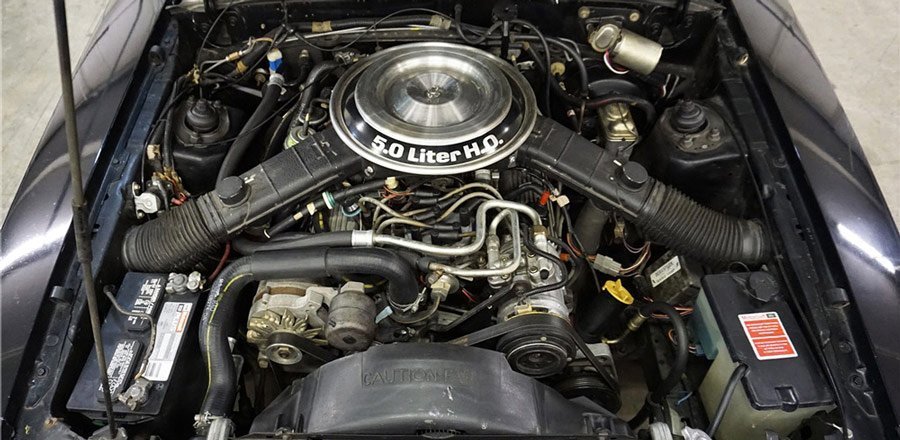
1982 – 157 HP @ 4200
- Introduction of the 5.0 HO with the help of Jim Clarke
- Cast pistons and 8.4:1 compression ratio
- Heads with smaller “high velocity” ports and valves
- ’73 Torino flat tappet cam (260°/278° int/exh duration,.416″/.444″ int/exh valve lift)
- Double row roller timing chain
- 369 cfm Motorcraft 2-barrel carburetor
- Aluminum intake manifold
- Dual snorkel, high dome cover, low restriction element, air cleaner
- Cast iron exhaust manifold with a 2″ outlet, 2.25″ Y-pipe
- Lightweight (120 lb.) thin-walled 302 block
- Old-style 2-piece rear main bearing seal
- 50 oz.-in. unbalance flywheel and 34 oz.-in. damper
1983/1984 – 175 HP @ 4200
- 600 cfm Holley 4180C 4-barrel carburetor
- New block and crankshaft using a one-piece main seal introduced mid-year
- Redesigned choke, eliminating heat tubes from the manifolds
1985 – 210 HP @ 4400
- New hydraulic roller tappet camshaft (266° duration and .444 valve lift)
- Revised block (122 lb.) with two retainer bosses for roller tappets.
- New cylinder heads, revised to allow service removal of the roller tappets
- Distributor drive gear material changed to be compatible with steel camshaft
- Forged pistons with low tension rings and thicker ring lands. Compression remained at 8.4:1
- Holley 4180C carburetor, with improved secondary metering
- Increased flow for water pump
- Factory stainless steel tubular headers
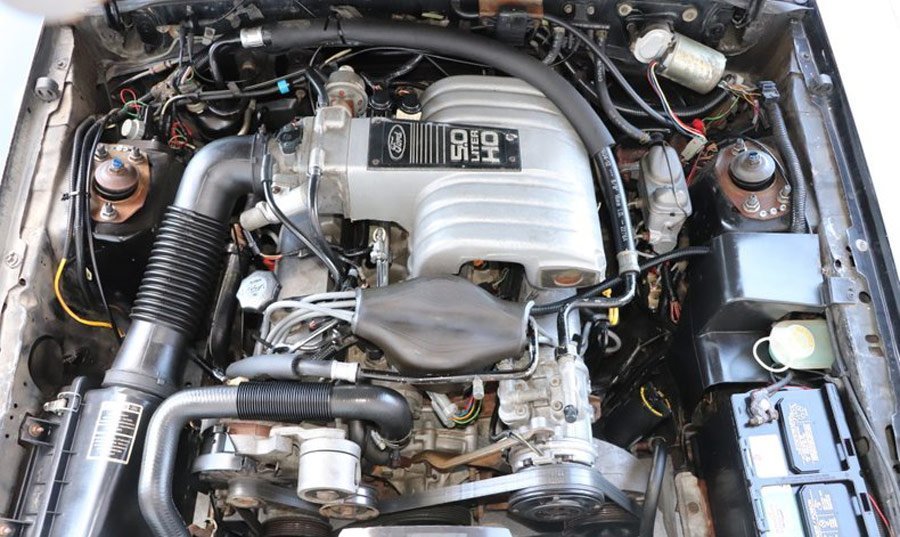
1986 – 200 HP @ 4000
- Stronger block (126 lb.) with better oil control
- Compression increased to 9.2:1 with flat-top pistons
- High Swirl E6 passenger car heads with masked intake valve
- Same roller camshaft as 1985
- Multi-port speed density EFI, 58 mm throttle body and 19 lbs/hr. injectors
1987/88 – 225 HP @ 4000
- Same Camshaft, exhaust manifolds, and block as 1986
- Truck heads (E7) with revised combustion chambers
- 0:1 compression TRW forged pistons with valve reliefs
- Speed Density EFI with same intake runners, 60 mm throttle body
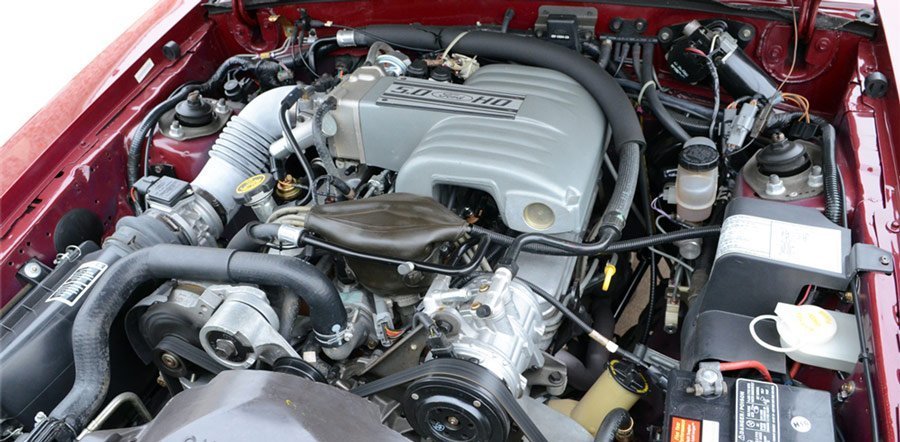
1989/92 – 225 HP @ 4000
- Same block, heads, intake and exhaust manifolds as 1987
- Mass Airflow (MAF) EFI allowing for better performing cams
- The 89/92 5.0 offers the greatest performance potential
Power Rating Differences: The 5.0’s rated output of 225 HP for 1987-1992 was a NET rating. And in 1993 Ford reduced it to 205 HP mostly in a way that suggested the 225 hp figure had potentially been a little optimistic. This was more of an SAE standards thing than the 93 model years getting less power.
1993 – 215 HP @ 4200
- Mostly identical to 1989/92 engines
- Hypereutectic aluminum pistons
- Hi-torque, mini starter
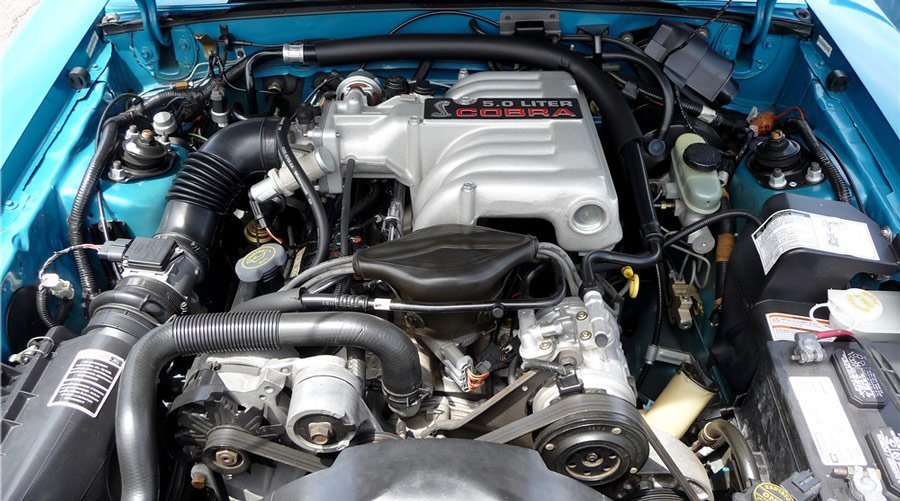
1993 Cobra – 235 HP @ 4600
- Cast iron GT-40 heads
- Cast aluminum GT-40 style intake
- 65 mm throttle body, 24 lbs-hr injectors, 70mm mass air meter
- 7:1 ratio roller rocker arms
- Cam (F3ZE-6250-CA) with 270 int/exh duration and .480 int/exh valve lift
- Special type exhaust manifolds
- Specially programmed EEC-IV

